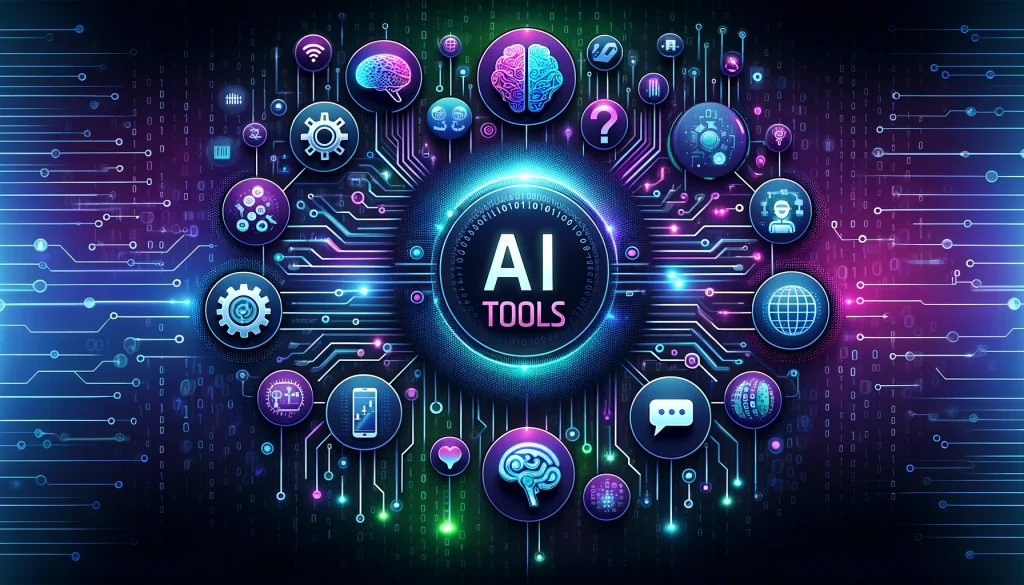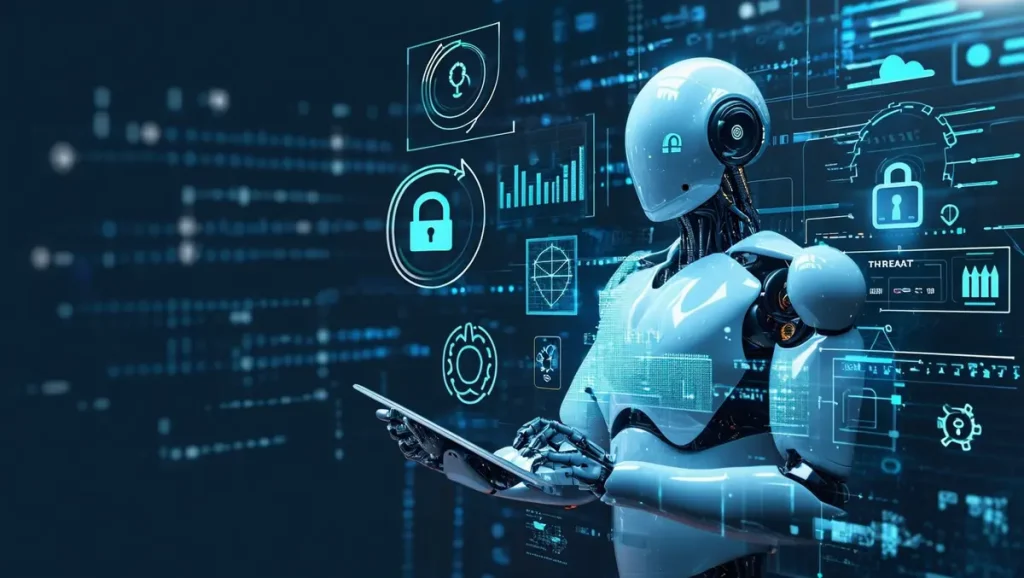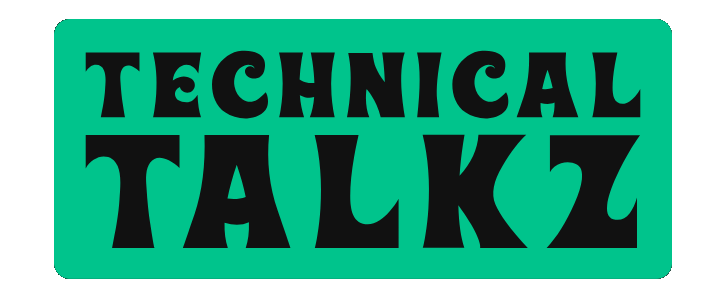
By 2025, artificial intelligence (AI) is no longer a fantasy of movies and science fiction novels—it’s an integral part of how businesses operate and how professionals across all industries accomplish their tasks. From automating mundane tasks to providing detailed insights and enhancing creativity, AI tools are transforming the workplace in impactful ways.
Here’s a closer look at how AI is reshaping work in 2025 and the tools driving this change.
1. Smart Assistants: Beyond Scheduling and Reminders
AI-powered assistants have evolved far beyond setting meetings or sending reminders. In 2025, tools like ChatGPT, Microsoft Copilot, and Google Duet AI act as collaborative partners. They help professionals draft emails, generate reports, summarize documents, and even offer real-time feedback during presentations.
For example, the marketing manager now has access to an AI assistant that will create a detailed campaign plan by interpreting market facts, audience behavior patterns, and trend data, and all within minutes. Not only do such assistants save time, they actually enhance work quality and its strategic content.
2. Hyper-Personalized Learning and Development
AI-based learning platforms have transformed training and upskilling. AI Coach on Coursera or the intelligent recommendations from LinkedIn Learning give you personalized learning paths, based on your current skills, profession, and career goals. These systems adapt in real-time, suggesting as you progress through the content and providing recommendations to improve the learning process.
This, in turn, allows workers to advance their skills more rapidly and effectively, and employers to ensure their workers’ competitiveness in the rapidly changing job market.
3. AI in Project Management and Collaboration
AI is also making it easier for groups to plan and collaborate on projects. Software like Notion AI, ClickUp AI, and Asana Intelligence now include features like machine learning-based task prioritization, workload optimization, and project timeline forecasting. These tools leverage machine learning to learn from past project data and allow teams to avoid bottlenecks before they happen.
Collaborative AI also makes communication easier among distributed teams. Transcription, translation, and summarization are built into most video conferencing tools, keeping global teams in sync regardless of geography and language.
4. Creative AI: Working with Human Imagination
One of the most exciting developments is occurring in creative fields. Designers, writers, video editors, and musicians are all increasingly using AI to generate ideas, accelerate workflows, and push the boundaries of what is possible.
Text-to-image tools like OpenAI’s DALL·E and Runway’s video tools allow creatives to bring their ideas to life with minimal resources. Content marketing software like Jasper AI and Copy.ai aid in the writing of blog posts, ads, and social copy tailored to targeted audiences and brand voices.
Creatives are not being replaced by AI but rather are acting as co-creators—speeding up ideation with final strokes left to human instinct and decision-making.
5. AI-Powered Data Analysis and Decision Making
Business data has emerged as new money, and companies are deriving value from AI platforms unleashing its full power. Tools like Tableau powered by AI, Google Cloud Looker, and Microsoft Fabric make it possible for anyone to ask questions in plain English and immediately receive data-driven insights.
This democratization of analytics means faster decisions, reduced reliance on data teams for basic questions, and more self-sufficient workers at each level within an organization.
6. Ethical AI and Responsible Use
As AI technology becomes increasingly integrated into the labor force, 2025 also sees a strong movement toward ethical use. Companies are prioritizing transparency, data protection, and fairness. Technologies now come with guardrails—in the form of bias detection, explainability features, and clear use logs—to make sure AI supports human choice rather than substitutes for it.
Final Thoughts
The way we work has kept evolving with technology, but AI is doing it at a pace that is more rapid than ever. In 2025, AI is not automation—it’s amplification. It’s helping professionals do their job better, faster, and more creatively.
As we move ahead, the best organizations and individuals will be those who learn to cooperate with AI—to leverage its abilities and stay rooted in uniquely human skills like critical thinking, empathy, and ethics.
AI isn’t replacing jobs. It’s transforming them—and in many ways, making humans more human.



